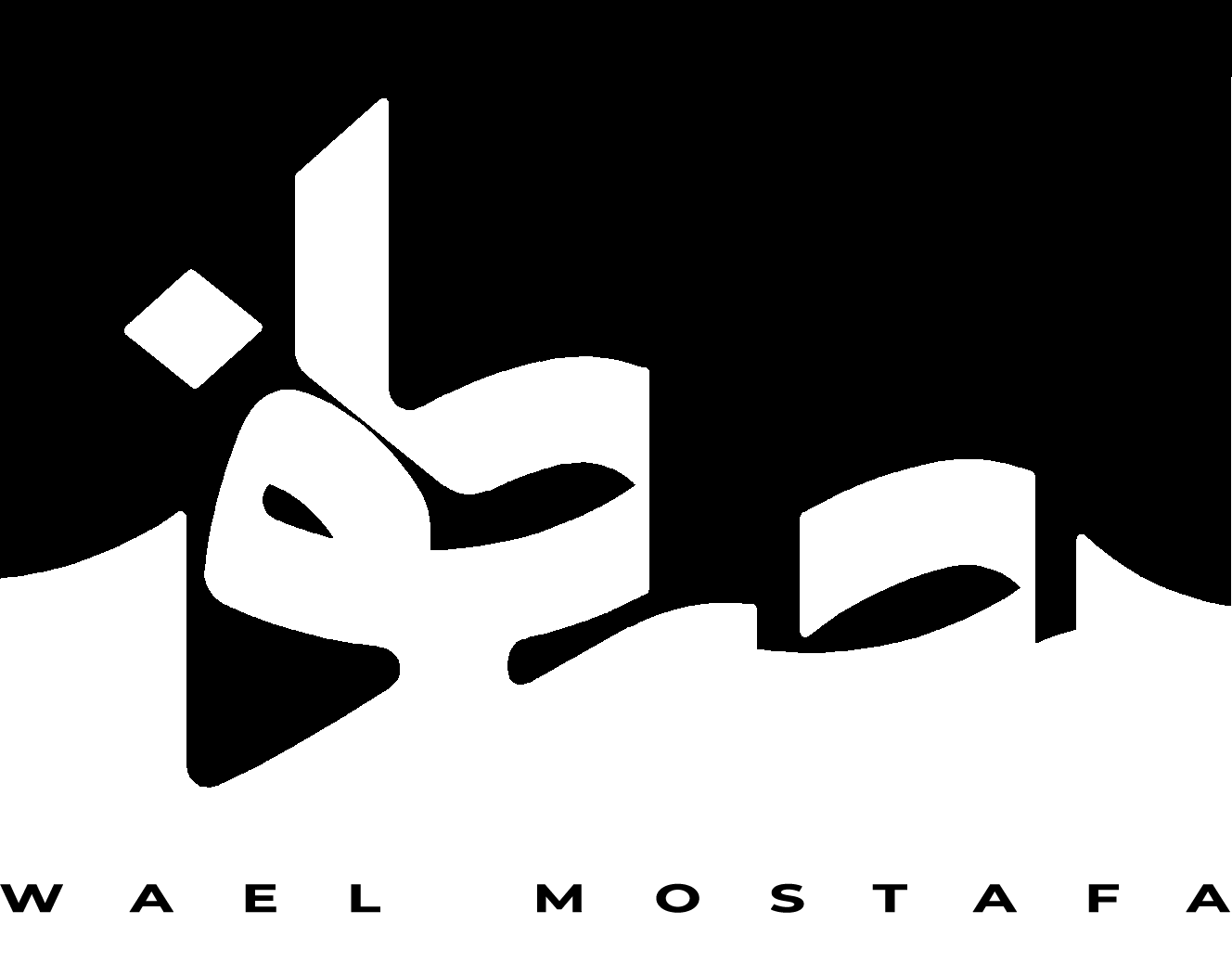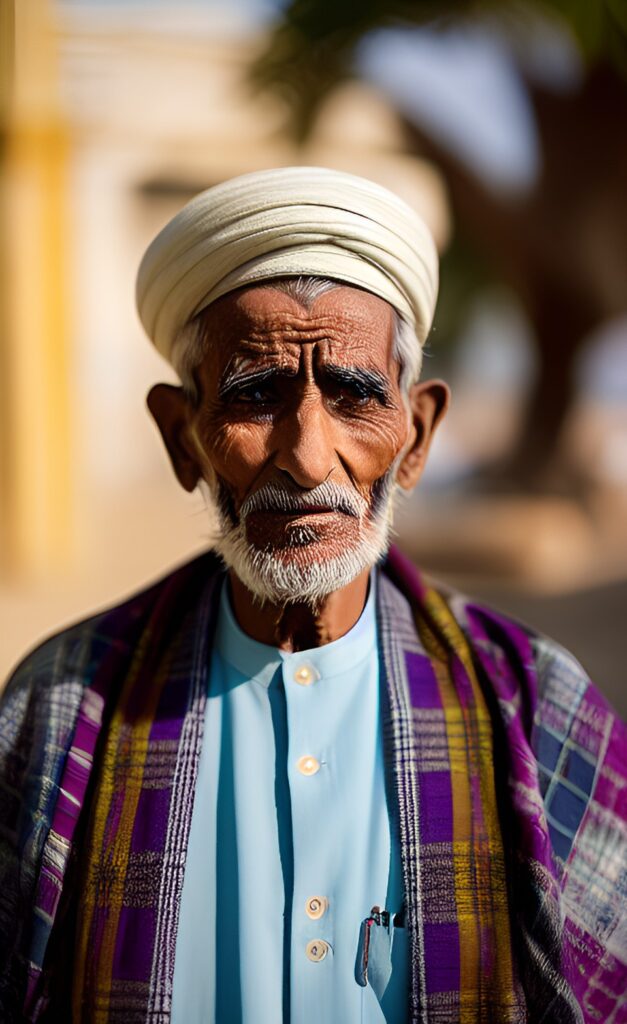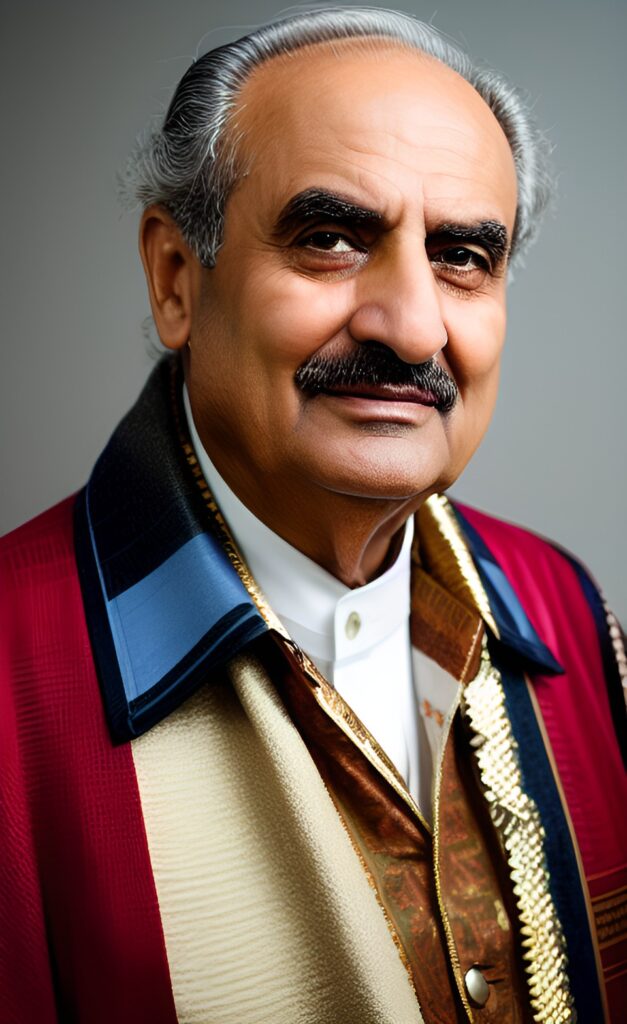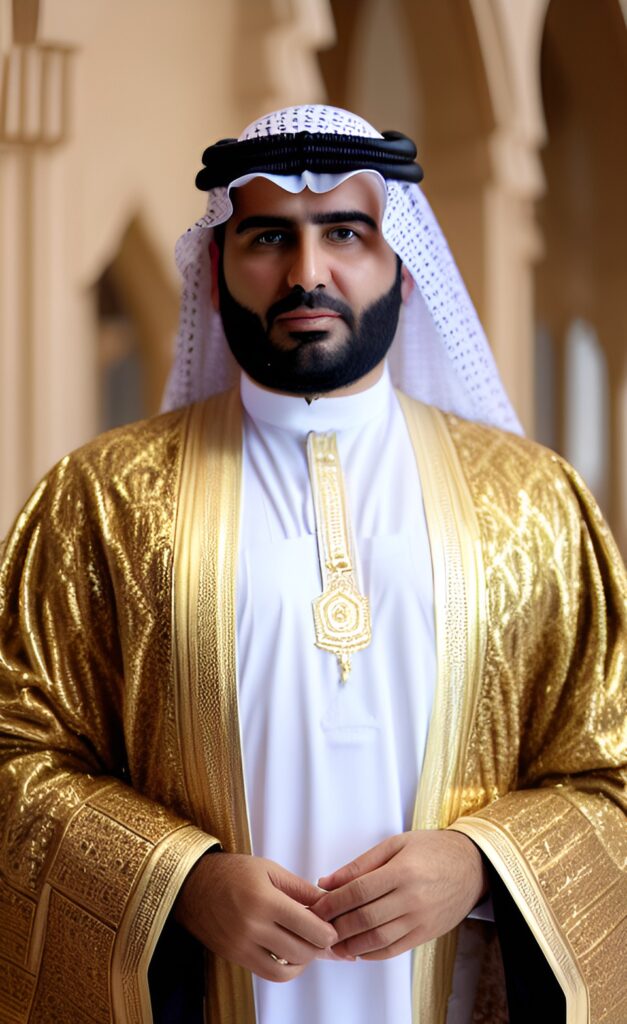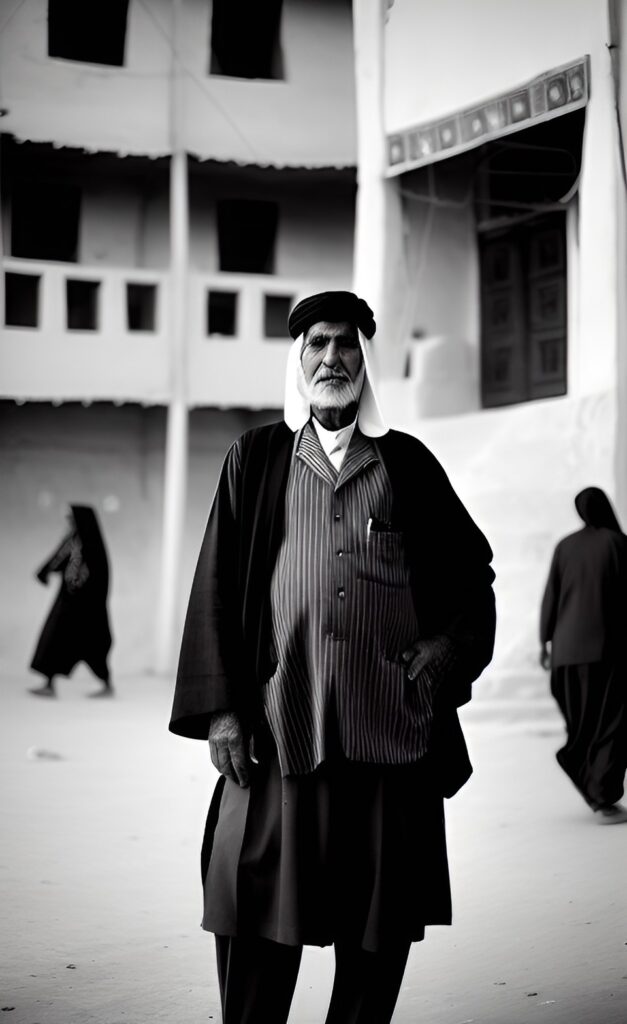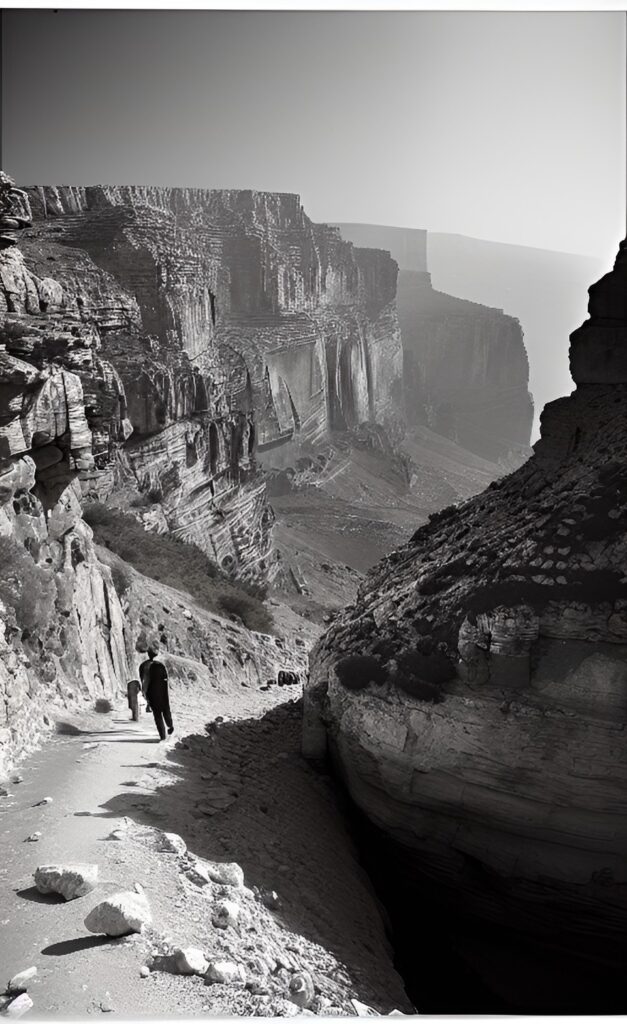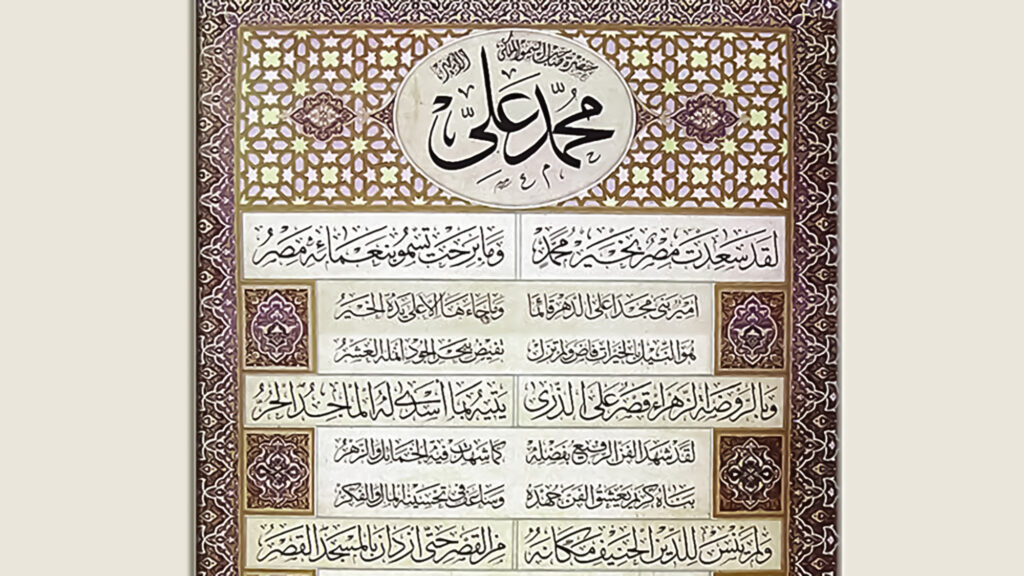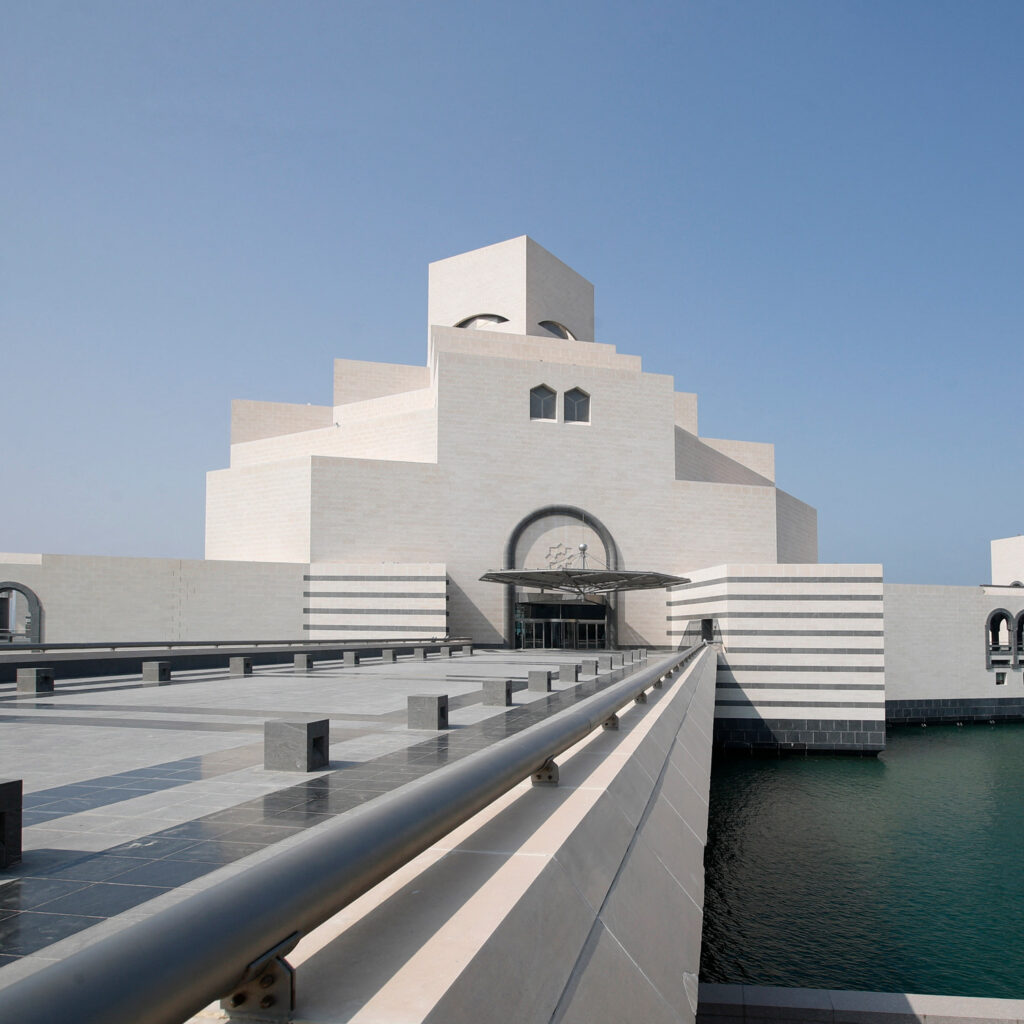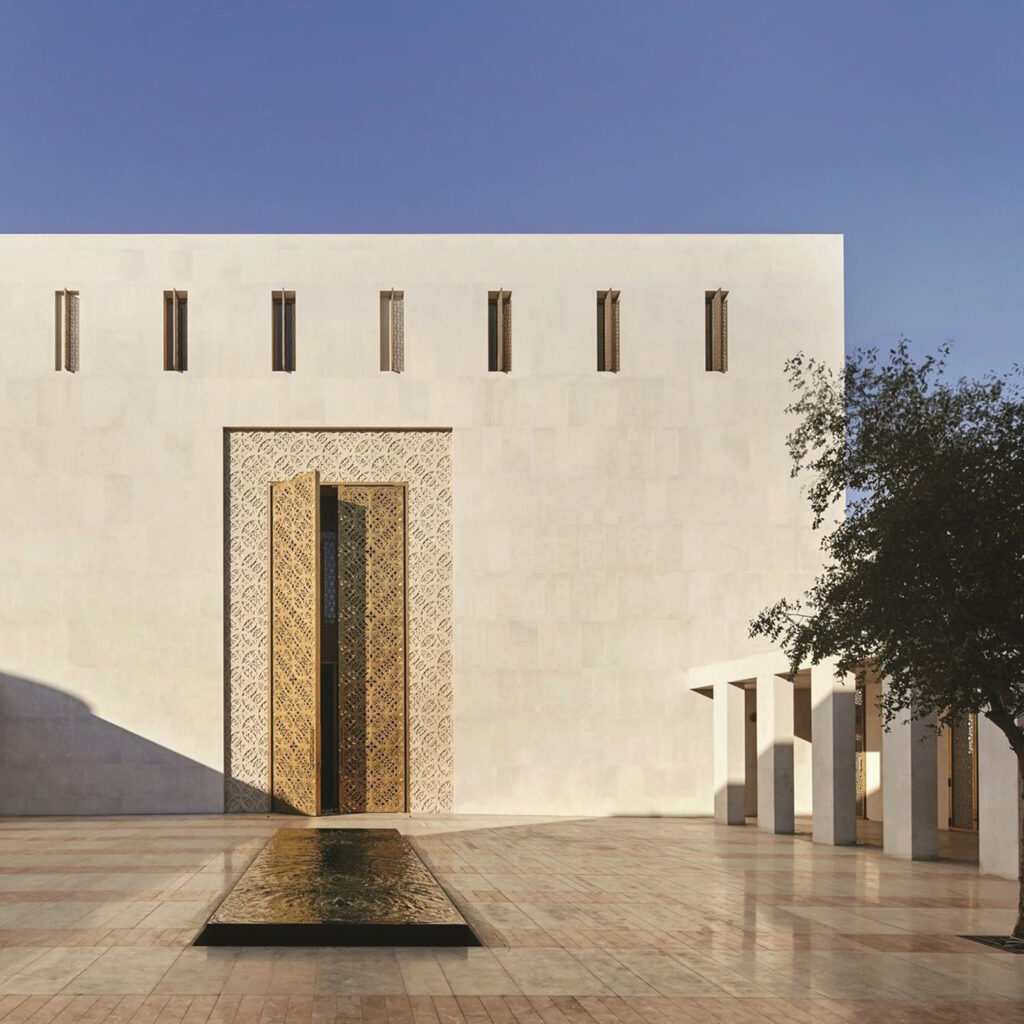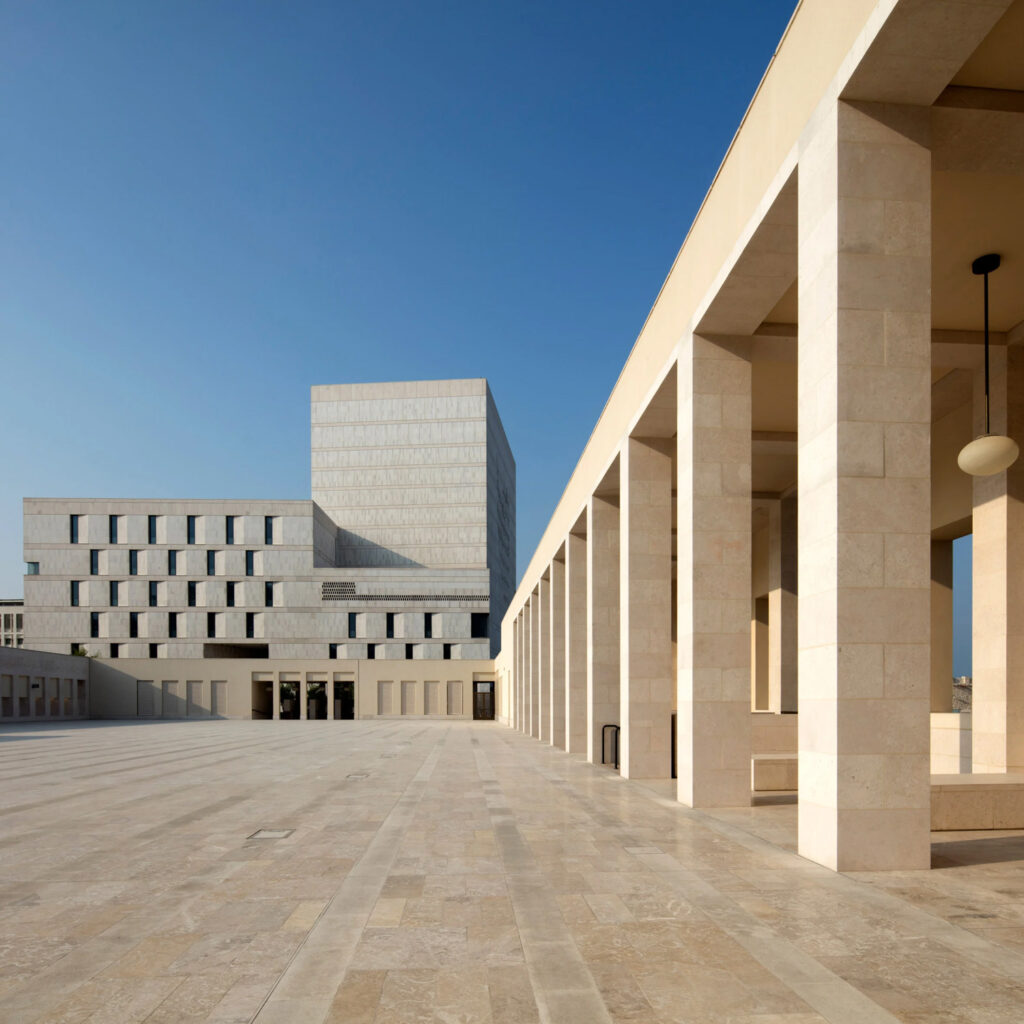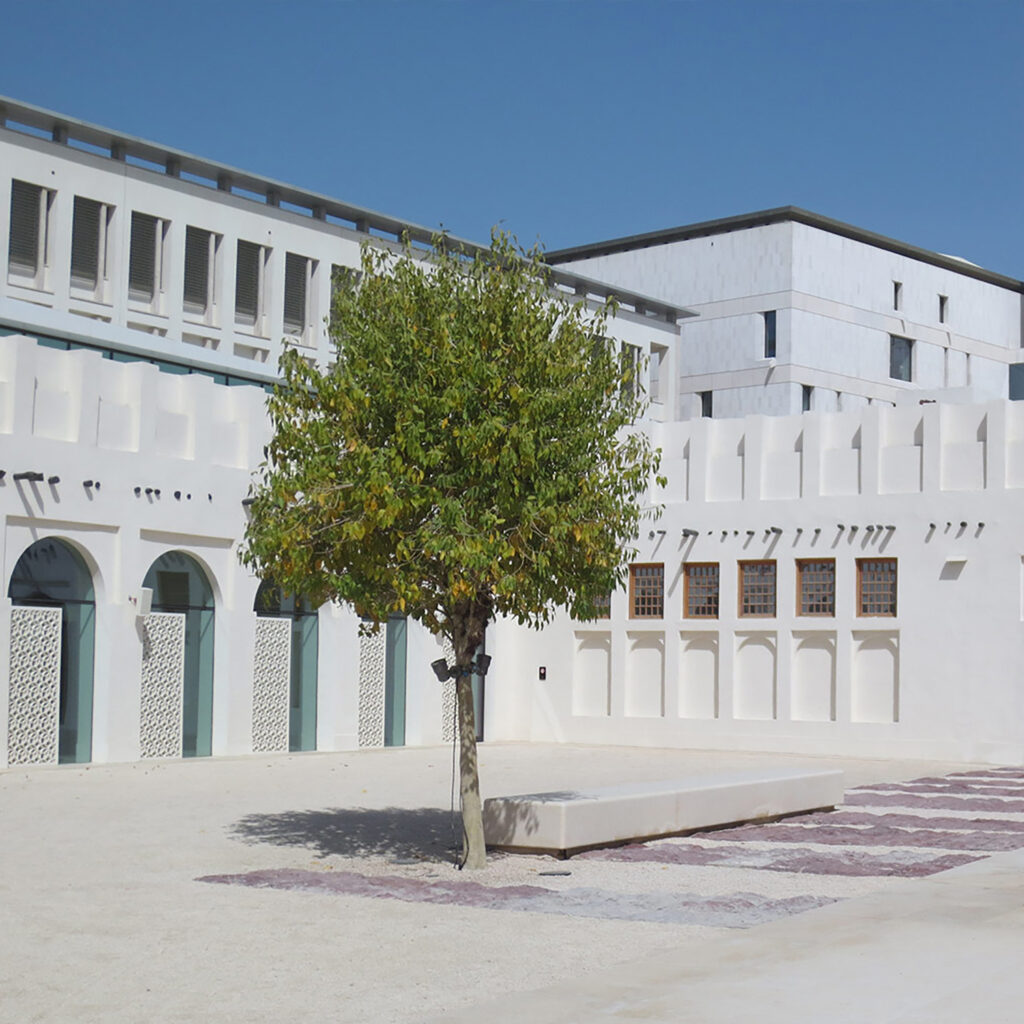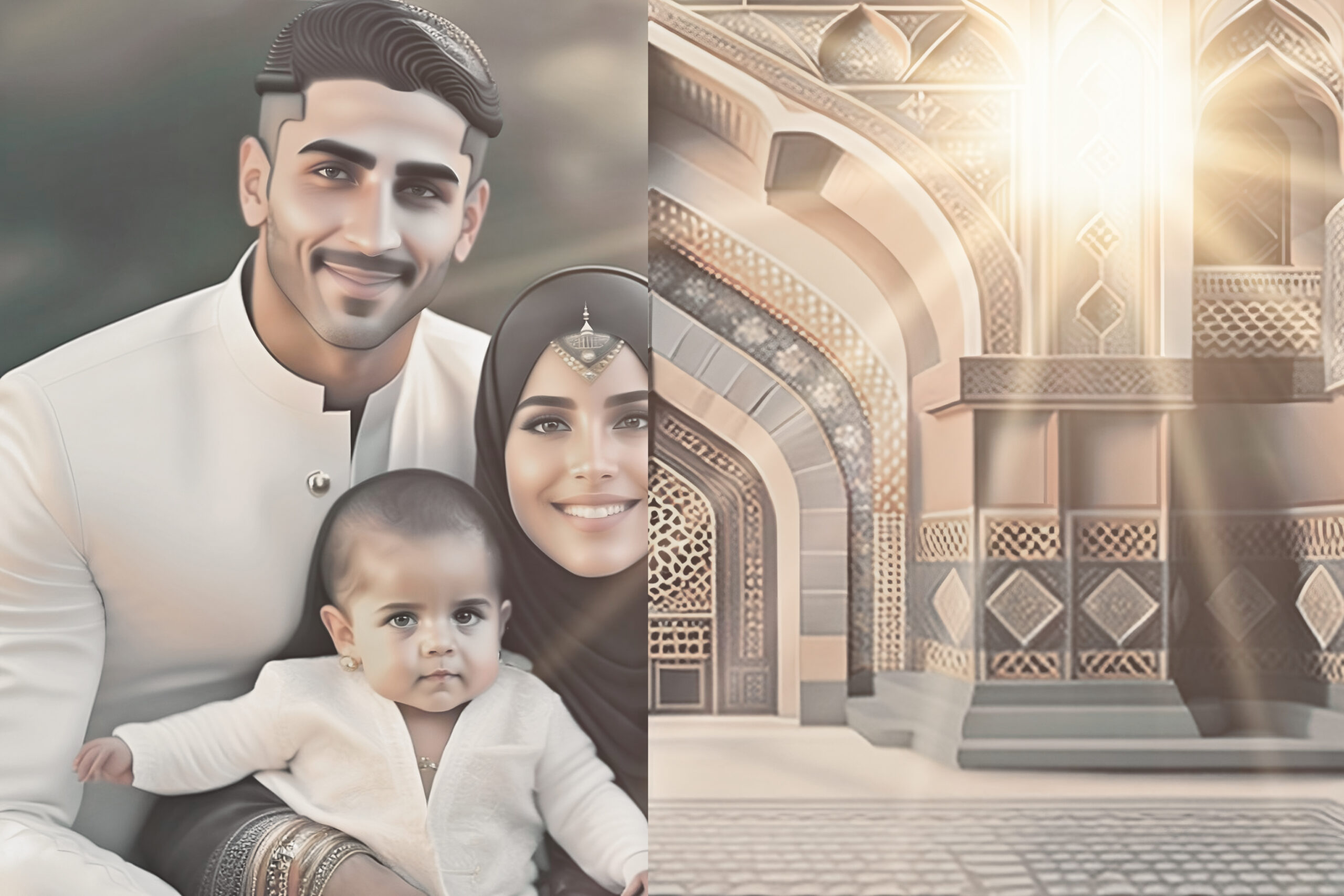
Arabs and cultural identity
- May 15, 2023
The Arab community sometimes struggles to define its cultural identity because of several factors. Among them are the external cultural influences that Arab culture faces in the age of globalization, the internal cultural diversity that leads to differences in values, traditions, and languages, as well as colonization and mandate that led to the loss of some cultural identities and their effects, and finally, the lack of cultural awareness among some individuals.
Cultural identity is not fixed and can change over time, reflecting various social and cultural transformations and changes. Cultural identity cannot be defined by a single, absolute definition, as it encompasses various aspects and concepts related to culture and society. Therefore, the definition of cultural identity varies from world to world and from a point of view.
Cultural identity is the distinctive and collective characteristic of a particular group that distinguishes that group from others. It encompasses the customs, traditions, and values of community members and shapes their views and behavior. Cultural identity has a profound impact on an individual’s behavior and perspective, and is an integral part of identity, acting as the bond that binds communities and individuals together. Various factors, such as religion, language, history, and cultural and geographic context of the site in question, shape and influence cultural identity.
The factors that distinguish one nation from another vary from one nation to another.
these factors are:
Language
Language is a complicated system of symbols, vocalizations, grammar, morphology, and spelling regulations that people use to interact and express their ideas and emotions.
A primary difference between humans and animals is the ability to communicate through language, which enables us to form social ties, store, and share information, and construct civilizations.
-It also varies from country to country and can have multiple levels and configurations, and people use it all the time in their daily lives.
-Language has a significant and diverse impact on people’s cultures. Language expresses culture and is an integral part of the culture. It helps pass on concepts, knowledge, customs, and traditions from generation to generation.
The following are some effects that occur because of language on a people’s culture:
Language expresses the concept of self and national identity. Language expresses the cultural identity of a nation and forms part of its national identity.
Language influences thinking style. Language shapes and reflects a people’s thinking style, and affects the way they look at the world and think about it.
Language contributes to shaping social communication and influencing it. Language helps in communication and understanding between members of society and contributes to building social relationships between them.
Literature and arts: Language expresses culture and is reflected in literature and the arts, where language is used in the production of poetry, literature, theater, cinema, and other arts.
Language influences sciences and knowledge. Language helps in transferring knowledge and sciences between generations and affects scientific progress and development in people.
Habits and traditions
Habits and traditions are the behaviors, actions, rituals, and cultural and social customs that are passed down through generations and practiced in different societies and cultures. Habits and traditions represent a specific way of life and a set of values, principles, and habits that are practiced by members of society and passed on to future generations.
Habits and traditions include many social practices, such as visits, religious occasions, celebrations, weddings, funerals, eating, drinking, dressing, speaking, interacting with others, and much more. Habits and traditions vary from culture to culture and sometimes represent an important source of cultural identity for communities and nations.
Habits and traditions are passed down from generation to generation through education, teaching, and social interaction in societies, leading to the construction and consolidation of certain values, beliefs, and behaviors among individuals. Habits and traditions can also affect the social, political, and economic development of nations and societies.
Habits and traditions have a significant impact on a people’s culture. They can influence language, literature, art, music, fashion, architecture, religion, rituals, holidays, and more, as these habits and traditions reflect cultural values and beliefs and represent a part of the cultural heritage of the people. Through the practice of these habits and traditions, this cultural heritage is strengthened and preserved.
People’s History:
“People’s history” is the study of the history and evolution of a nation over time, including the analysis of the social, cultural, political, and economic aspects of the people and how they have changed and developed over the ages. Studies related to people’s history cover a wide range of topics, including civilization, religion, wars, victories, defeats, art, literature, music, architecture, technology, and more.
People’s history is usually analyzed through multiple sources, such as official documents, records, literature, art, music, architecture, artifacts, and other reports. Various analytical tools can also analyze the history of the people.
RELIGION
Religion is a set of spiritual, cultural, and ethical beliefs and practices that relate to the belief in the existence of God or gods and the relationship between humans and the creator of the universe and its manifestations in life and nature. Typically, religion involves certain beliefs, laws, principles, and rituals, and can play a significant role in defining the cultural identity of societies and peoples.
Religion is an important element in human culture, as it works to guide and define the relationship between humans, the universe, and God, and provides meaning to human life and a perspective for understanding the world and one’s place in it. Religion can lead to the development of values, ethics, and behavior that shapes one’s view of life, social relationships, and interactions with others.
Different religions and religious denominations differ in their beliefs, rituals, laws, principles, and ethics, which can affect the culture, history, and social and political development of different peoples and societies.
Religion is a fundamental element in the culture of a nation and influences all aspects of its social and cultural life. Religion provides values, principles, ethics, beliefs, and specific religious practices that affect literature, art, science, history, civilization, customs, traditions, and the cultural heritage of nations.
In literature, religion can affect the style and language used in religious texts and can be a source of inspiration for authors, poets, writers, and artists. In art, religion can affect the symbols, icons, and artistic designs used by believing artists and can be represented in religious themes, beliefs, and history.
Regarding history and civilization, religion can be an essential part of the history of a nation and can be a source of conflicts, divisions, and interactions between different cultures. Religion can also influence the social and economic life of a nation, for example, through religious laws and principles that shape the legal system and economic practices.
Geography and Geographic Location.
Geography is the scientific study of the Earth and the physical and human aspects of different regions. Geography includes the study of weather, climate, environment, terrain, water, cultures, cities, trade, natural resources, and other factors that affect life on Earth’s surface.
As for the geographic location, it refers to the actual location of a place on the Earth’s surface. Geographic location includes geographic coordinates of the location such as latitude and longitude and other geographic features surrounding the location such as terrain, mountains, rivers, oceans, seas, and international borders.
Geographic location is one of the most important factors that affect culture, civilization, economy, trade, international relations, and politics in the surrounding area. The geographic location of a country can affect its fate and power if it is on the path of important trade routes or if it possesses rare natural resources. Geographic location can also affect culture, customs, traditions, and language in the surrounding area because of the historical, trade, and cultural influences of neighboring countries and peoples.
Geographic location can affect the culture of a nation:
Impact on the natural environment: Geographic location can affect the quality of the natural environment surrounding the nation, such as mountains, rivers, forests, and deserts. Therefore, the culture of the people can be directly influenced by the natural conditions in which they live, such as lifestyle, nutrition, local dress, and other cultural heritage.
Communications and trade: Geographic location can affect communication, trade, and cultural exchange with neighboring regions and other nations. Therefore, the culture of the people can be directly influenced by the assimilation and impact of other cultures and cultural changes arising from cultural exchange.
Historical influences: Geographic location can affect historical influences on the culture of the people, such as migrations, invasions, colonization, and wars. For example, colonial history can affect the culture of a people, including language, religion, and customs, even after the colonial period has ended.
In conclusion, geography and geographic location have a significant impact on human life and culture, and understanding these factors is crucial for understanding the world and its people.
Arab cultural identity:
Based on these factors, it is not possible to define a single cultural identity for the Arabs, as the Arab world is characterized by great cultural diversity because of the multiple influences that shaped it. It is difficult to get a comprehensive and accurate definition of the identity of the Arabs since it differs among different countries, regions, and Arab cultures.
However, some elements that form part of the cultural identity of Arabs can be identified, such as the Arabic language, Arab history, Arabic literature, Islamic religion, Arab arts and music, Arab food, customs, and traditions. It is also possible to identify some values and concepts that are common in the Arab world, such as respect for family and society, generosity and hospitality, and love for the homeland and Arab identity.
However, it should be noted that these elements are not fixed, but are subject to change and development with passaging time and the influence of various factors. Therefore, an accurate understanding of the cultural identity of the Arabs requires a deep study of the history, the different Arab cultures, and the cultural diversity that characterizes the region.
The cultural identity of Arab Muslims is affected by all these factors, and therefore a comprehensive understanding of cultural identity requires a study and analysis of each aspect of these factors, and how it affects the culture and social and historical interaction of Arab Muslims.
But why do Arab Muslims suffer from a constant sense of fear for their cultural identity?
Several factors cause Arab Muslims to feel fear for their cultural identity, including:
History: Throughout history, Muslim Arabs lived through periods when they were suffering from invasion and occupation that caused them to lose a large part of their cultural identity, and sometimes language, religion, customs, and traditions were changed.
Media: Modern media affects the image of Arabs and Muslims in the world, and the focus is on negative and extremist events and distorting the accurate image of Islamic and Arab culture.
Wars and conflicts: Some Arab and Islamic countries suffer from continuous wars and conflicts, which lead to disturbances in cultural, social, and economic life, and this leads to the loss of cultural and social identity.
Immigration: Many Arab Muslims resort to immigration in search of a better life, and they are exposed to major changes in the language, customs, and traditions of the countries of immigration, which affect their cultural identity.
In addition, the cultural identity of Arab Muslims is multiple and diverse, and cannot be classified in one form, which increases the challenges of preserving cultural identity. Therefore, Arab Muslim societies must work to preserve, enhance, and develop their cultural identity by promoting culture, education, and celebrating customs and traditions.
As a summary of all that has been said, we can extract steps to preserve the cultural identity of the Arabs from them
Knowing and preserving the heritage of the ancestors: The current generation must focus on the heritage of the ancestors, learn about the history of the Arabs and Islam, and preserve them for future generations.
Participation in local communities: the individual can contribute to local communities by participating in cultural and social activities, working to spread cultural awareness, and introducing Arab and Islamic heritage.
Celebrating Arab and Islamic culture: Arab and Islamic culture must be celebrated and promoted through arts, literature, music, popular foods, and others.
Learning and education: Cultural identity can be preserved through learning and education, by learning the Arabic language and studying the Islamic and Arab heritage.
Dialog and understanding: Arab Muslims must communicate with others, exchange cultures, and learn about the cultures of others, through dialogue, understanding, and adopting the values of coexistence, tolerance, and mutual respect.
Architecture and cultural identity
Architecture has a close relationship with the cultural identity of any nation. Architecture is a product of culture, history, geography, religion, customs, traditions, economy, politics, and other factors that determine the identity of the people. Thus, the cultural identity of the people is reflected in the designs of architecture, buildings, mosques, palaces, gardens, and other architectural features.
Architecture also reflects the interests, values, and artistic and philosophical visions of the people, and expresses their civilizational and technical development. Through architecture, a nation can express its identity, document its history, and preserve its cultural heritage, thus preserving its cultural identity.
Architects can play an important role in preserving the identity of Arab-Muslim people by designing buildings and architectural monuments that express their cultural identity and historical heritage. They can spread awareness of the importance of preserving the cultural identity of nations and their architectural heritage.
The Role of Arab Architects in preserving cultural identity
Preservation of ancient Islamic architectural monuments: Mosques, palaces, castles, baths, madrasahs, and other buildings dating back to the early and medieval Islamic eras are preserved, restored, and maintained regularly.
Preserving architectural traditions: Traditional Islamic architectural designs are preserved in new buildings, and these designs usually include arches, domes, minarets, sofas, and interior gardens. These elements give the buildings a distinctive Islamic identity.
Learn about authentic Islamic design: Authentic Islamic design, including motifs, patterns, and decorative elements, is documented and studied, and this knowledge is shared with architects and designers to help develop modern designs in ways that respect Islamic architectural traditions.
Preserving the materials used in architecture: Many traditional materials are used in Islamic architecture, such as mud bricks, limestone, wood, plaster, and various metals. These materials are preserved and encouraged to be used in modern projects.
Developing modern designs in a way compatible with cultural identity: Modern designs are developed to match and enhance Islamic culture.
- 13 Minutes
